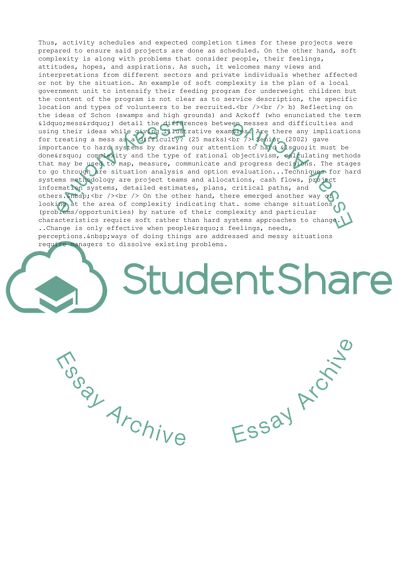Cite this document
(Managing Complexity Essay Example | Topics and Well Written Essays - 2000 words, n.d.)
Managing Complexity Essay Example | Topics and Well Written Essays - 2000 words. Retrieved from https://studentshare.org/management/1744013-managing-complexity
Managing Complexity Essay Example | Topics and Well Written Essays - 2000 words. Retrieved from https://studentshare.org/management/1744013-managing-complexity
(Managing Complexity Essay Example | Topics and Well Written Essays - 2000 Words)
Managing Complexity Essay Example | Topics and Well Written Essays - 2000 Words. https://studentshare.org/management/1744013-managing-complexity.
Managing Complexity Essay Example | Topics and Well Written Essays - 2000 Words. https://studentshare.org/management/1744013-managing-complexity.
“Managing Complexity Essay Example | Topics and Well Written Essays - 2000 Words”, n.d. https://studentshare.org/management/1744013-managing-complexity.


